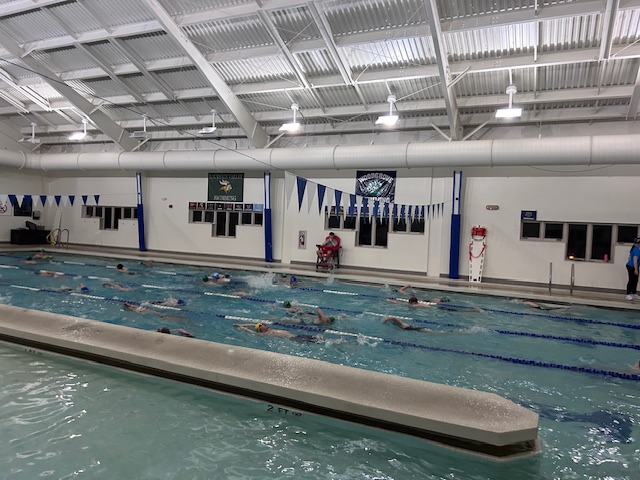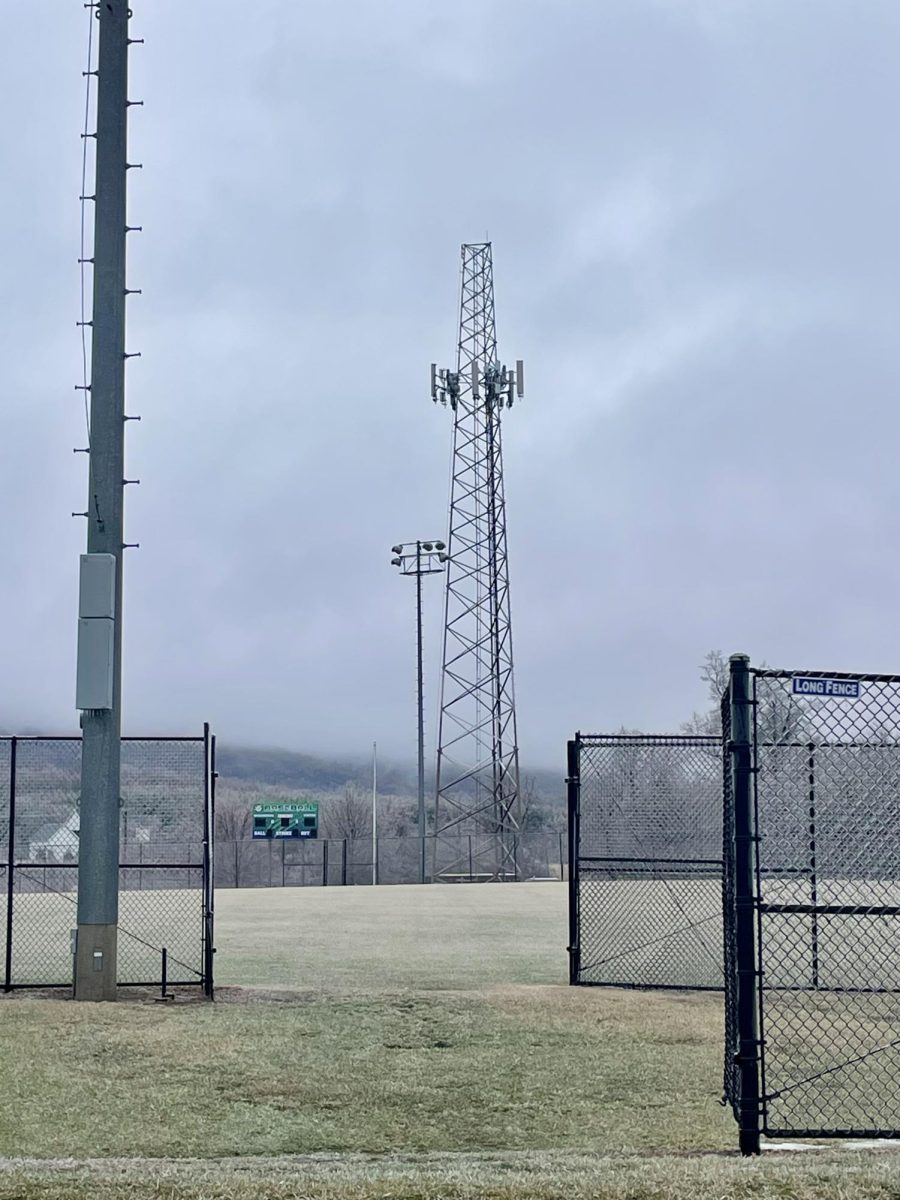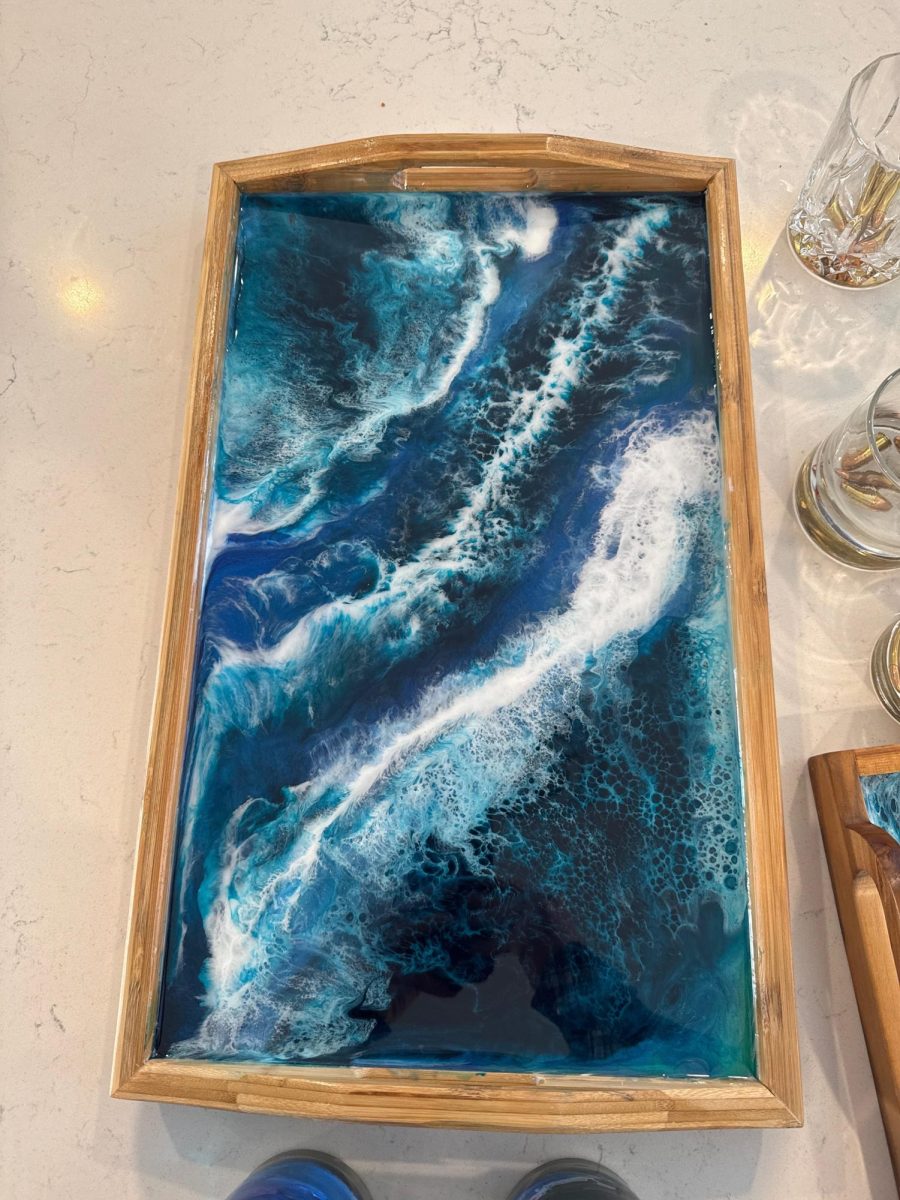Washington D.C. is home to hundreds of monuments and memorials, but you can count the number of them dedicated to women on one hand. Even though women make up half of history, there are only two sub-monuments in the nation’s capital dedicated to them: Eleanor Roosevelt has a statue at the Frederick Delano Roosevelt Memorial, and south of the Vietnam Veterans Memorial lies the Vietnam Women’s Memorial. AP U.S. History teacher and Rosie the Riveter expert Mrs. Kate Corrado believes that the lack of memorials for women is due to the fact that women’s history has not been “studied or valued” until the past few decades. Corrado explains, “Our monuments have not caught up to what we value and who we give power to. In an effort to change this trend and bring recognition to the women who helped win World War II, there is legislation for a Rosie the Riveter memorial in Washington D.C. Rosie the Riveters, or “Rosies” for short, were women who went and did factory work during World War II to support troops in Europe and help win the war. The most famous depiction of a Rosie comes from the J. Howard Miller, “We Can Do It!” advertisement.
The idea for a Rosie memorial came not from a Rosie, a teacher, or government official, but a ten year old girl. Raya Kenney was in fifth grade when she was assigned a project to design a memorial that should exist but does not yet. Kenney decided for her project to create a memorial dedicated to Rosies, but she did not stop there. In the following years, she founded the National Memorial to the Women Who Worked on the Home Front Foundation (WHFNMF), a foundation whose mission is to build a memorial for Rosies in D.C. The foundation is the group that made the final push for legislation to be passed that would allow for the building of the monument. Now that they are allowed to build a memorial, the foundation is focused on coming up with the funds to make it reality. This is trickier than it sounds, because all the money used to build all memorials comes from donations, not government funds like tax dollars.
Corrado is a Rosie enthusiast and has done extensive research on women’s contribution on the homefront during World War II. A niche topic, Corrado got into the topic of Rosies after realizing that while teaching World War II, her female student’s test scores and engagement fell dramatically. She realized this was because women were barely featured in the World War II curriculum. Ever since, Corrado has worked to incorporate more content on women’s vital contributions to World War II, mainly through the stories of Rosies. Therefore, it is no surprise that Corrado is all for a Rosie memorial in D.C. Corrado explains, “Every single person I have talked to about this monument regardless of age, political affiliation, life history, has thought it’s a good idea.” In an effort to help with the giant fundraising initiative, Corrado produced a short video featuring students from across the country talking about their thoughts on Rosies and how they deserve a monument. At Woodgrove, the video aired during DenTime in early March, but the video made it much further than Purcellville, Virginia. Corrado posted the video on a few Facebook teacher groups, which helped spread the message across the country to places like North Carolina and New Hampshire.
Currently, Corrado estimates we are still about “two or three years away” from the completion of a Rosie memorial. “And the reason I say that is because they have to fundraise ten percent on top of whatever the monument cost is in order to pay the national park service to guard it in perpetuity,” explains Corrado. However, this estimate could shrink significantly after living Rosie the Riveters received a Congressional Gold Medal of Honor on April 10. The event was covered by major news sources like the New York Times, The Walls Street Journal, NPR, PBS, and the Woodgrove Outlander. While the foundation’s only large corporate sponsor right now is Boeing, this publicity could bring in numerous other big company sponsors who would bring in significant sums of money for the WHFNMF.
Rosies receiving a congressional gold medal of honor was not only a huge deal for them as recipients, but for all women as well. Corrado, who was invited by the Speaker of the House to attend the event, explained the significance of the moment as, “It speaks that there is any government recognition that these women were a part of the puzzle piece of American victory of ending fascism. To be able to be in the room to get that recognition, outside of my son, is the greatest part of my life. To be able to see the Rosies have their time in the sun when so many of them did not survive to be able to do that and finally see them be a part of the story given what I’ve experienced of women not feeling that they’re part of it. It makes me really emotional and really grateful to be alive in the time I’m alive, and also to be a teacher in the time that I’m a teacher.”










